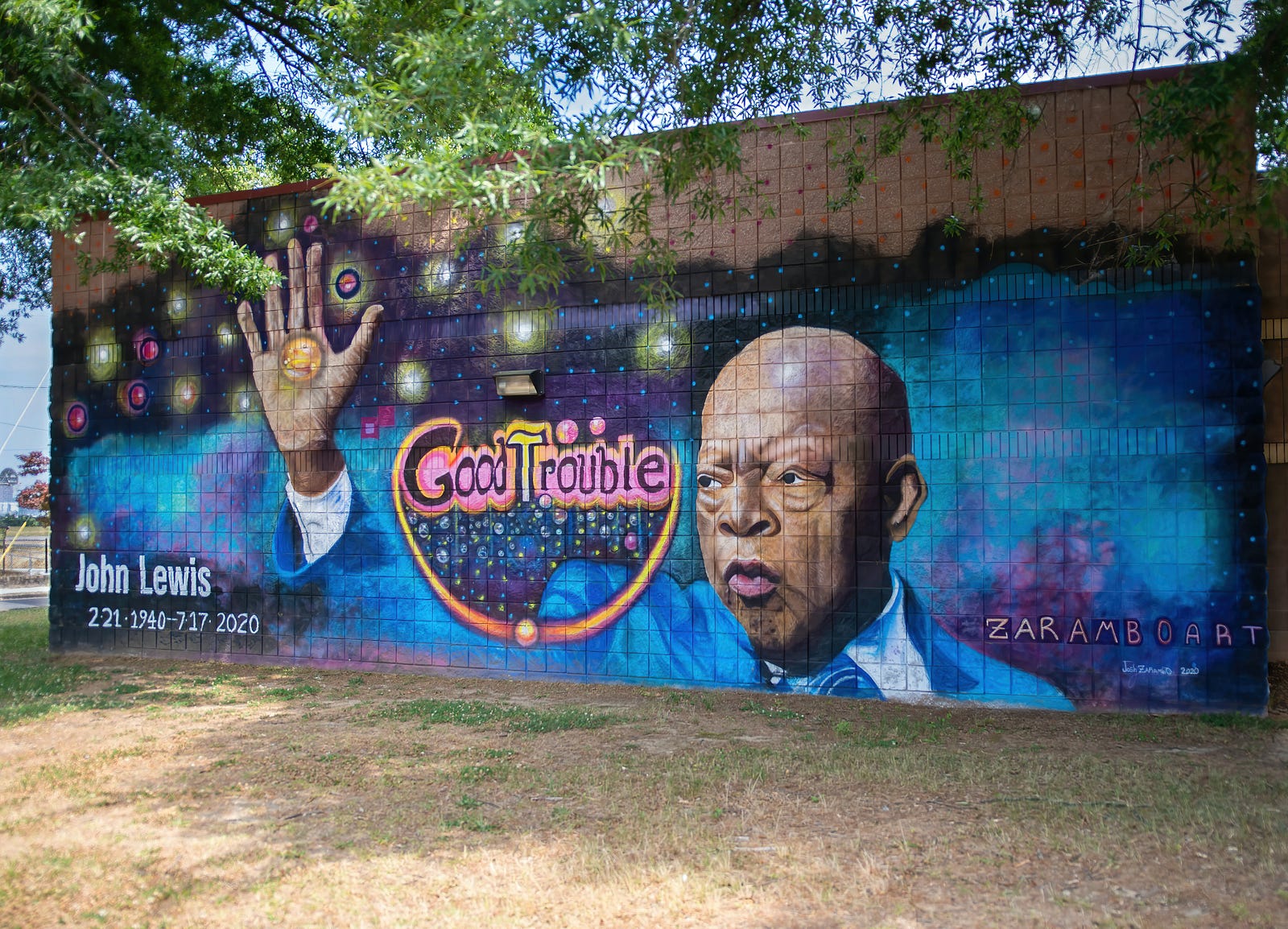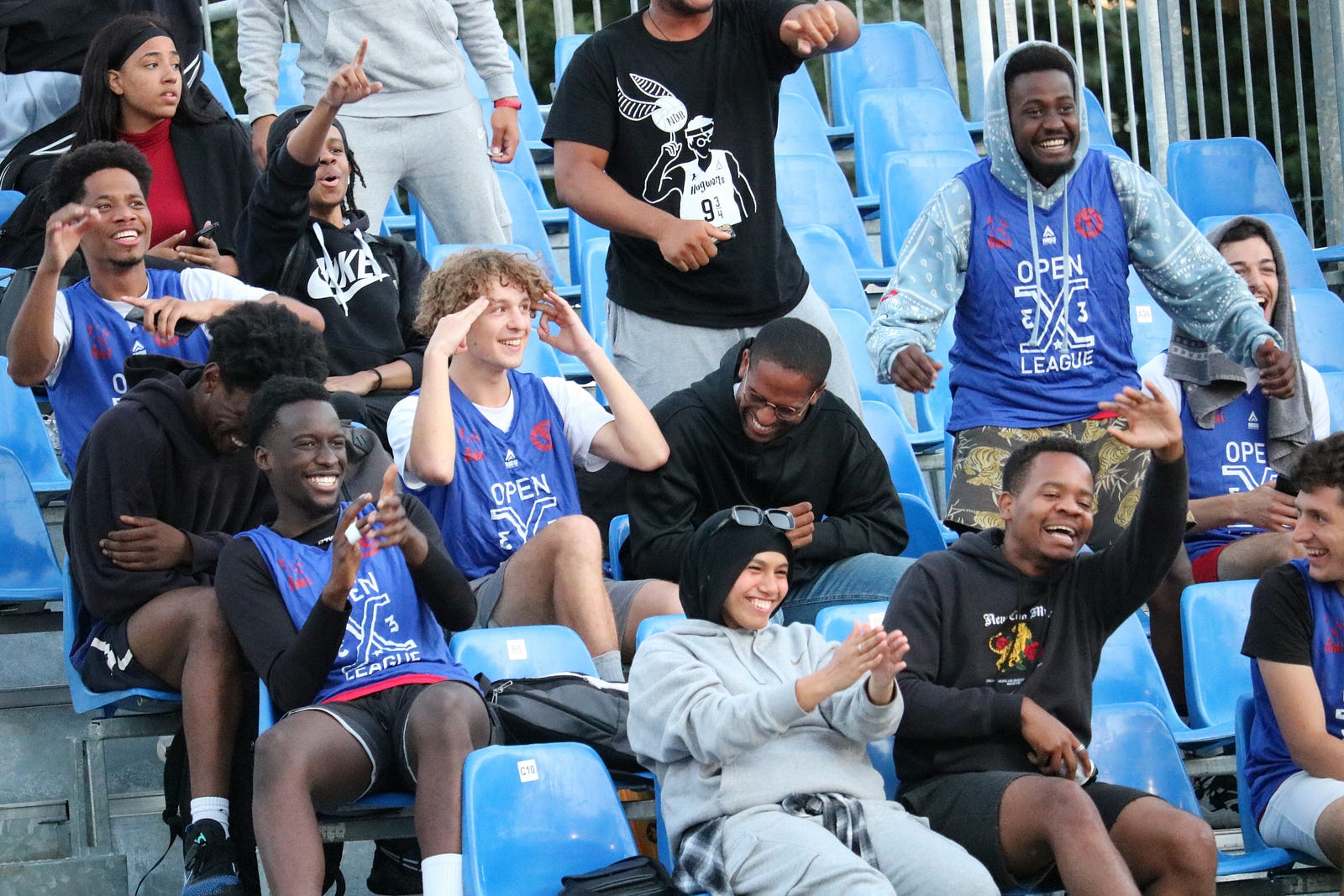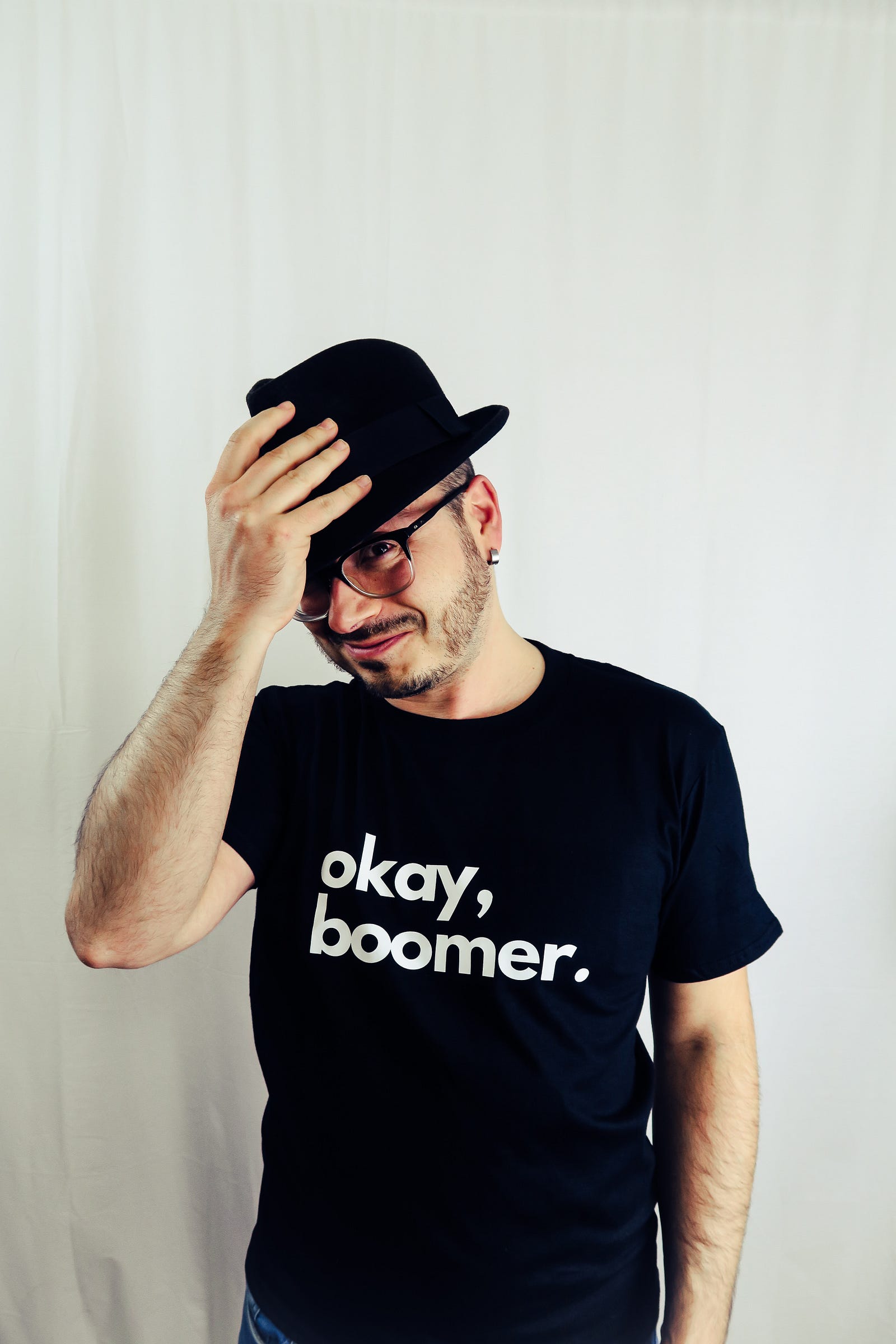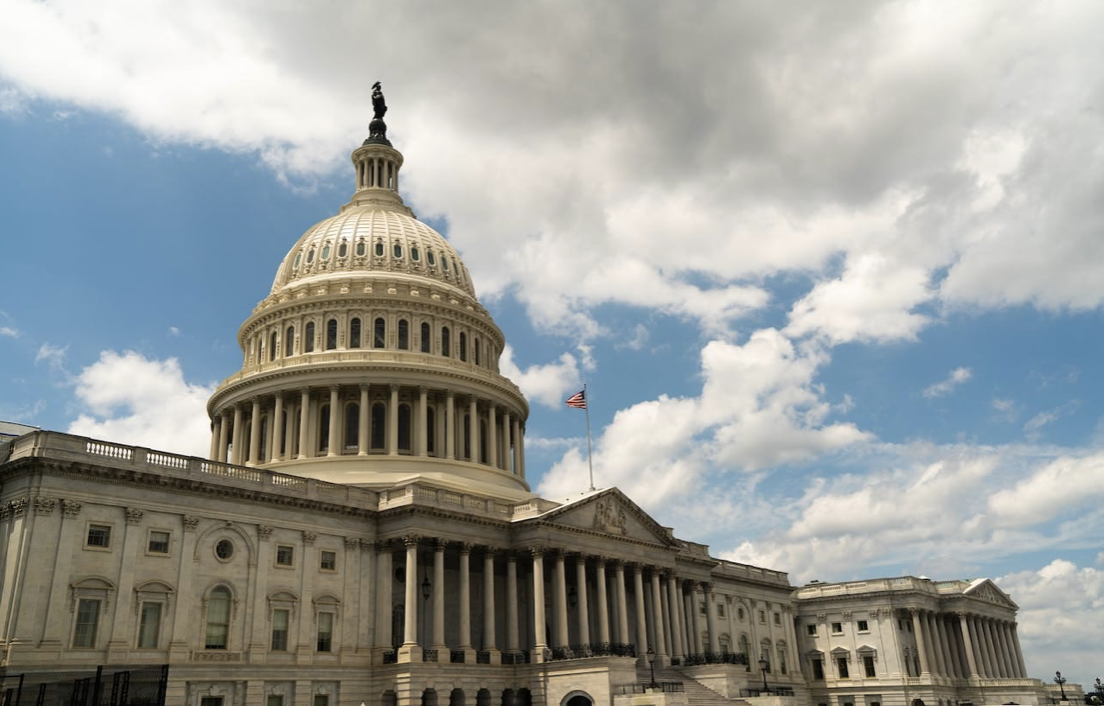“What if you knew her and
Found her dead on the ground?
How can you run when you know?”
(“Ohio,” written by Neil Young and performed by Crosby Stills Nash and Young, June 1970) Three presidents of prestigious universities answered a call by the U.S. Congress to account for why a rise in what has been defined as antisemitism has not been quashed on their campuses. But that was not enough. An unanswerable question — whether calls for the genocide of Jews would violate Penn’s code of conduct — became a well-laid trap catching president Liz Magill between a factually correct but politically naïve reply. Tragically, depictions of an out-of-touch “academia” were affirmed as solidly as quick-setting concrete, the fault for which lies with their staff. All have legislative affairs resources, public relations, and communications staff. That none of these people anticipated their leaders would have to traverse the anti-intellectualism gulf that has existed in the U.S. for generations is beyond understanding and unforgivable. That none of the leaders seemingly had responses to questions that cared not about an institution’s Code of Conduct or their publication of Student’s Roles Rights and Responsibilities, shapes the current against which higher education must swim for the near future. It fails me that not one president paralleled students’ right to free speech with that given to Florida’s Republican legislator Michelle Salzmann’s genocidal call — a boisterous “All of them!” — in response to a tearful Democratic Florida state representative Angie Nixon’s question, “How many will be enough?” Perhaps the only way to understand the hypocrisy at play between what happened on the floor of the Florida legislature and on college campuses across the country is through this lens: the “strain of anti-intellectualism” Isaac Asimov offered that “ . . . has been a constant thread winding its way through our political and cultural life.” When paired with fascist ideals, as we’ve seen in these past few years, this makes the culture wars much more than skirmishes over abortion, health care, environmental protections, banned books, and curriculum. Authoritarian rule advocates, seeking to redefine basic freedoms, have advanced their agenda to a governance of attitudes. Consider: Dr. Martin Luther King, Jr. once posited that, “It may be true that the law cannot make a man love me, but it can stop him from lynching me, and I think that’s pretty important” as an acceptable response to hate speech. During that six-hour grilling of university presidents, a new reality emerged. Attitude now gives some license to punish others — a way of being that re-concretizes a pigmentocracy’s values. Demonizing Students Is HistoricalStudent participation in protests, marches, and rallies was at the forefront of calls for peace and social justice during the Vietnam War and Civil Rights era. “Freedom Riders” were the same age as today’s students. The names of James Chaney (age twenty-one), Andrew Goodman (age twenty), and Michael Schwerner (age twenty-four) are forever linked to struggles to free African Americans from tyranny and terrorism. Congressman John Lewis was twenty-three when he became chairman of SNCC, the Student Nonviolent Coordinating Coalition, joining elder statesmen of the Civil Rights Movement at the podium during the historic March on Washington for Jobs and Freedom. He was twenty-five when beaten unconscious during Bloody Sunday’s march for voting rights in Alabama.  These days, student support for the sufferings of Palestinian peoples has also been met with backlash, including Wall Street CEOs’ threats to “blacklist students” who sign petitions. Politicians calling into question students’ empathy for innocent Palestinian lives lost exemplifies an accepted societal hypocrisy: valuing some lives over others. Calls for the presidents of Harvard, MIT, and Penn to quash student protest, dissent, and free speech serve as a not too veiled example of demanding that educators teach students critical thinking and then when they do, and students do not say what many want to hear, they are belittled and academia is admonished. Commentators like Bill Maher, whose anti-student rants are both sad and uninformed, find audiences among those who are entrenched in the idea of relegating student learning to rote memorization and recitative recall that parrots the indoctrination they accept. Theirs is seemingly the kind of “stay in your place” rhetoric that, when paired with racial biases, appeal to those who embrace a kind of monolithic thinking that elevates their “Brown people are not always oppressed, and right and white people are not always the evil oppressors” tirades. Today’s Students Are Anything But StupidAmerica’s pro-Israel policies are not supported widely by students and others. Even just a few days after Hamas’ reign of terror upon Israel, Reuters reported that, “Polling shows this generation is more skeptical of Israeli policy toward Palestinians than older Americans are.” Their feelings are complex though, illustrating the great diversity that Generation Z, those born after 1996, brings to the world. For . . . “even within their cohort, the range of opinions varies immensely — from those who justified Hamas’ actions as a response to decades of Israeli oppression, to those who cast any pro-Palestinian protesters as supporters of terrorism, and still further to those who lament that innocent civilians on both sides are caught in a crossfire of failed leadership.” (Fearful and grieving, Gen Z Americans clash over Israel conflict, by Gabriella Borter and Josepf Ax, Oct. 18, 2023)  According to a study published in the journal Emerald Insight, the average age of college students in the United States is currently twenty-seven years old. Their views, as with those of many Millennials and Generation Z, are more informed by life experiences and, through social media, those of their peers than “the majority of college students [a few decades ago] who were in their late teens or early twenties.” They are more likely to be female (fifty-seven percent) and more diverse in terms of race, ethnicity, and socioeconomic status that the country has ever seen. “In 2020, approximately forty-seven percent of college students were White, sixteen percent were Black, thirteen percent were Hispanic, and seven percent were Asian. The remaining seventeen percent were of other races or ethnicities or did not report their race or ethnicity.” (What is The Average Age of College Students? by Arnold Reyer, Editor, College Ranker, Aug. 25, 2023) Today’s young adults, these students, are anything but unintelligent, as many commentators have characterized. Their high levels of diversity — Millennials exceeded even that of Generation Z — and their connections to social media foster views of life that value an exchange of ideas and ideals very different from that which many older Americans know. They are more collaborative, many concerned about the world they are inheriting. Most are comfortable with sharing who they are and what they believe in ways that belie the silence many attribute to them. Al FinToday’s young people are generations who were born into recession. They live the mantra that Millennials are the first generation to not do as well as their parents. They’ve lived through Columbine, Sandy Hook, Las Vegas, Pulse, Parkland, and other mass shootings. They’ve seen corporations make record profits while students have fallen into record debt.  These young people are more likely to be concerned with their own quality of life than committing to jobs and careers for economic gain only. They are more independent in their thinking. More self-reliant! And even though some of them might be categorized as conservative, their focus on work/live balance takes them to far less “right” leanings than previous generations. Attending to “status quo” party lines, values, and responses to global problems, including Israel’s response to Hamas’ terrorist actions, are less appealing to them than were the attitudes and behaviors of preceding generations. Or as John Burn-Murdough wrote in Millennials are shattering the oldest rule in politics, “Western conservatives are at risk from generations of voters who are no longer moving to the right as they age.” (The Financial Times, Dec 30, 2022) Perhaps those in policy roles, demanding students make choices from what is presented to them, bear responsibility. Those who expect adherence to policy positions that do not value the quality of life today’s students have been forced to seek deny the complexity of thinking these generations readily embrace. Both, the expectation and the denial, strikingly informing the gulf that played out in New York Congresswoman’s Elise Stefanik’s rant-infused grilling of Harvard University president Claudine Gay — and most assuredly is made transparent by her anti-intellectualism tweet, “One down. Two to go.”
|




